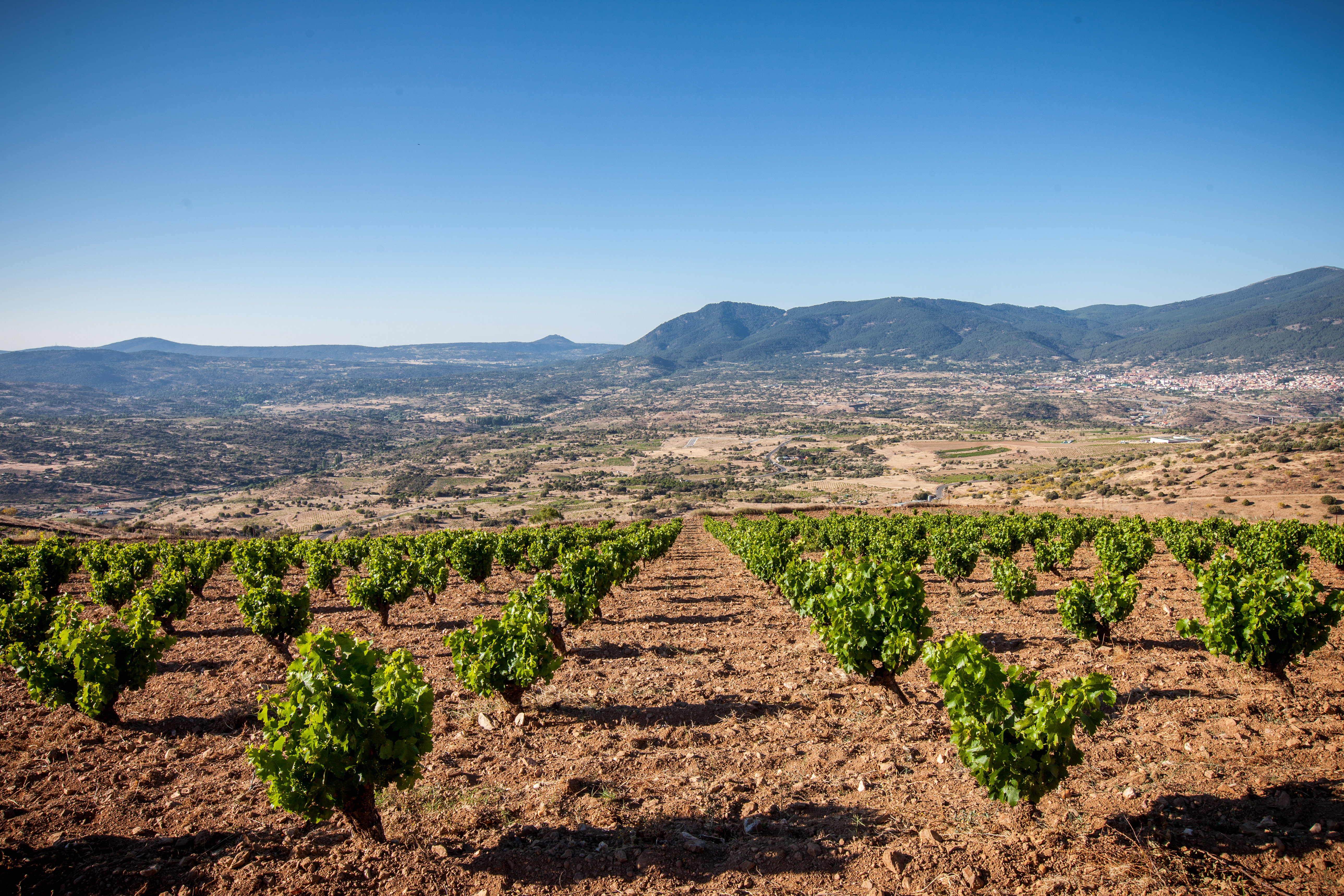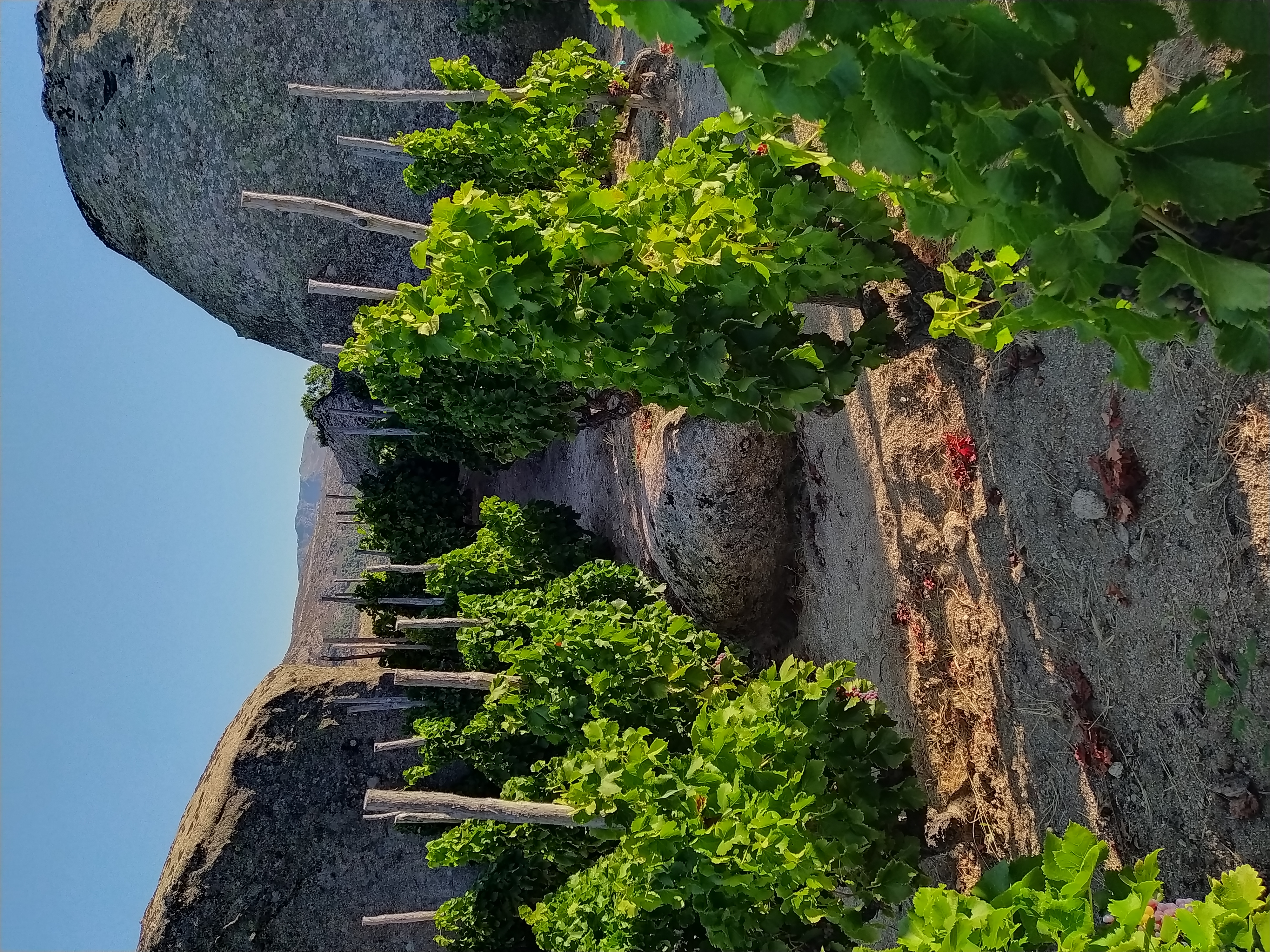- The DOP Cebreros is a land of grenache par excellence, how do you explain this specific connection?
Grenache and Cebreros have always been linked. The DOP Cebreros is made up of 35 municipalities in the province of Ávila, in the Community of Castilla y León, between the mountains of Gredos, at 100 kilometres from Madrid, between the valleys of the Alberche and the Tiétar, in an area where Grenache, as a grape variety, has been present for a very long time. It is the variety used by the inhabitants of these small towns to make their wines, which means that we have very old vines and extraordinary landscapes.
- The Grenaches du Monde competition was born in another great land of Grenache, the Roussillon. What does this travelling event specialising in this grape variety bring to the industry?
It is essential that Grenaches du Monde is organised in different regions. This year, thanks to the new format proposed, we have the opportunity to present ourselves to the whole world so that consumers and wine lovers can discover us. By organising this tasting, prescribers, distributors, journalists and sommeliers will not only discover our wines and our land, but also these mountains of Gredos and the men and women who produce these wines. This is a great recognition for them.
- This event is characterised by collaboration between producing regions, how do you explain this unique feature?
Indeed, our friends from Roussillon have had a wonderful idea in allowing professionals and enthusiasts of this grape variety to get together for a few days and share their experiences.
For small appellations such as ours, which is very young since it has only existed for three and a half years, for all the inhabitants of these small areas made visible thanks to the competition, I think it is a wonderful opportunity which will attract the attention of professionals and amateurs from all over the world.
- Thanks to the Grenaches du Monde competition, what other regions have you discovered?
I was lucky enough to participate in the last editions of Grenaches du Monde: I visited Roussillon, Terra Alta, Sardinia... unique regions with a lot of character, like their wines!
We have been organising small local competitions around Grenache in the villages of the region for 25 years, but hosting the Grenaches du Monde is an undeniable asset. We could never have imagined that the competition would come to us, and so quickly! We are very proud to open this window on the world and we are convinced that it will offer us many more marvellous paths to travel. What better setting than the Grenaches du Monde to present the wines of all these new projects of young winemakers who are harvesting the grapes of the vines planted by their ancestors?







